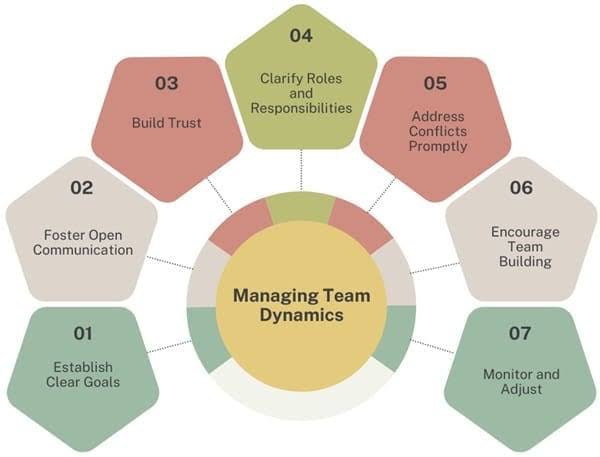Chapter 15: Healthcare IoT

Abstract Healthcare IoT, or medical IoT, is the use of the Internet of Things (IoT) in the medical industry to create devices and applications for healthcare needs. These devices and applications can help with remote patient monitoring, telemedicine, and more. Here are some examples of healthcare IoT: Remote patient monitoring Devices like smartwatches, phones, and monitors can collect health data like blood pressure, body temperature, and more. This data can be used to detect early symptoms, recommend therapies, and alert patients and medical staff to abnormal health parameters. Connected inhalers Inhalers with built-in sensors can track medication usage and adherence to prescribed schedules. They can also send reminder alerts to patients and monitor the frequency of attacks. Ingestible sensors These pill-shaped devices can collect biometric data like the pH level of the stomach or the presence of internal bleeding. Tracking medical equipment IoT dev...





